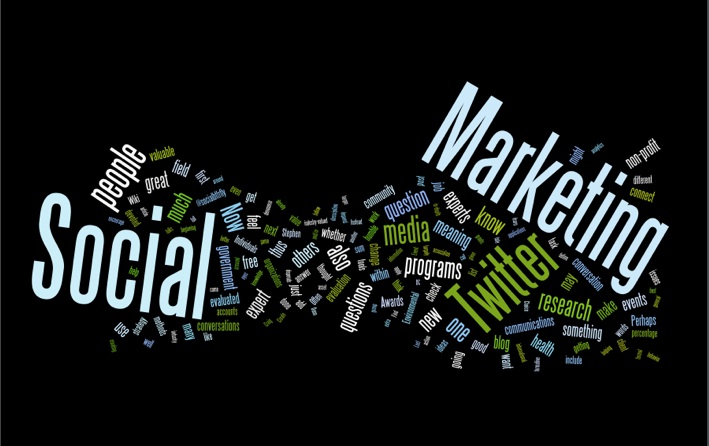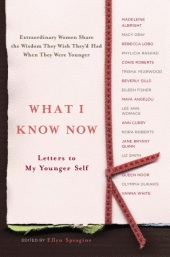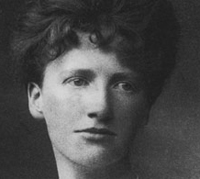Social marketing and social marketing have something to learn from one another. Let me elaborate. (and no, that was not a typo.)
The fuel to my fire is social marketing. And, I’m not talking about any of that Web 2.0 or government 2.0 buzz-word crap (pardon). I’m talking about real behavior change. Thus, when I was asked to present at Yale University about social marketing, I knew I had to explain what social marketing is and what it is not in terms of the Web 2.0 “social marketing” often discussed. However, I’m also not a fan of black and white. In fact, my favorite color is gray. So instead of drawing boundaries or limits, I talked about what each can learn from the other.
I began with a slide that had social marketing on one side and social marketing on the other side, and asked: What’s the difference? A rhetorical question and maybe mean, but the truth is that when people say social marketing, they often mean two very different things. One means tools, the other means behavior, but both can enable and empower to reach that all-elusive real behavior change. Thus, I continued by outlining three themes that I find consistent between the two applications:
- freedom vs. control
- mission vs. mantra
- voice vs. message
I feel these themes go beyond (just) social media and social marketing, but also dive into business, society and politics of today, and are relevant to a discussion when it comes to either social media or social marketing.

Social media thrives when freedom is given and control is released. In the field of social marketing, often times there is a battle over the message, the delivery, the pitch, etc. to remain controlled, yet if freedom was given, then sometimes reach could blossom. In addition, when it comes to the ethical framework of social marketing, some feel social marketing expands freedom, while other naysayers see it as control and manipulation. Thus, whether talking about either social media or social marketing, you need to discuss how you will or will not balance the two: freedom and control.
What is your organization’s mission? What is the campaign’s purpose? What problem are you solving? Who are you talking to? These are just some of the questions one needs to ask when wanting to communicate in social marketing or social media. In social media land, you have less room, less time and more clutter. You need to think mantra. You need to be understood. In social marketing, our audiences don’t always get “mission.” Sometime, we need to admit that we don’t even know what our mission is during a campaign or as an organization and regroup. If we could lean more mantra with both social media and social marketing, then perhaps we could connect more with the audiences we want to reach.
Come out behind the firewall–but first know when and where it’s appropriate. More and more, the trend is transparency, openness, honestry. If you don’t know the answer, admit it. People want to connect and engage with you. Your brand, organization could potentially be so much more powerful if you give it a voice, a person, a story….and not necessarily push out your nicely crafted messages that every senior exec QCed five times. (Okay, I’m over-exaggerating, but it gets the point home). Whether social media or social marketing, think voice and the ideals that go with voice, rather than message. As I prefeced though, know when and where appropriate.
What are your thought? How can social media marketing and social marketing learn from each other? What else do they have in common? Where else do they differ (we know there’s lots in that department)? Or, better yet, how and why do you think these themes go beyond Just social media and/or social marketing.
(I like questions.) =P




